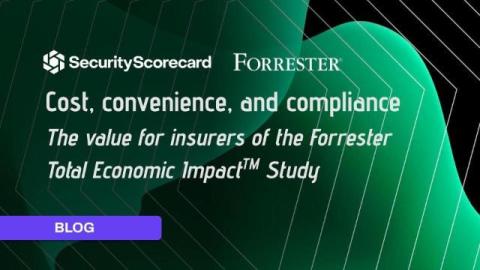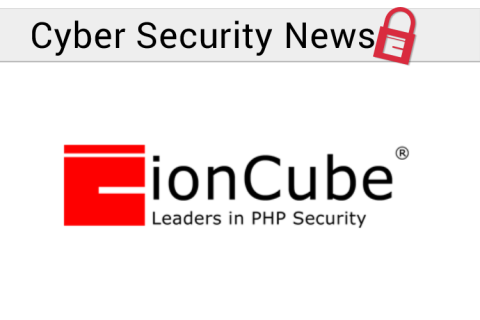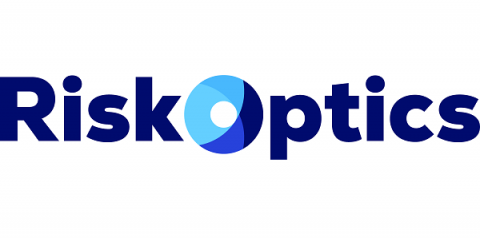IDrive Review 2024 and Alternative Ways to Back Up Your Files
Without the proper security measures, our data can be vulnerable to hardware failures, accidental deletions, cyberattacks, or data breaches. To prevent these nightmares from happening to your files, one of the best options you have is to choose a backup solution to ensure you always have your files protected in case the worst happens. For this reason, many people choose IDrive, an online backup service for Windows, Mac, iOS, and Android users.











